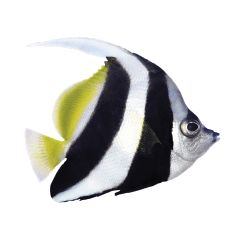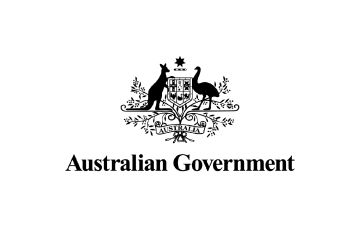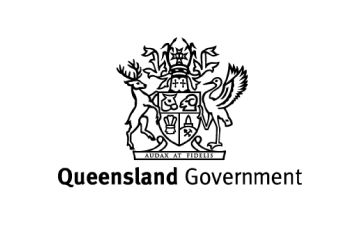Reef Islands Initiative
Restoring critical island habitats to protect ecosystems and save vulnerable species.
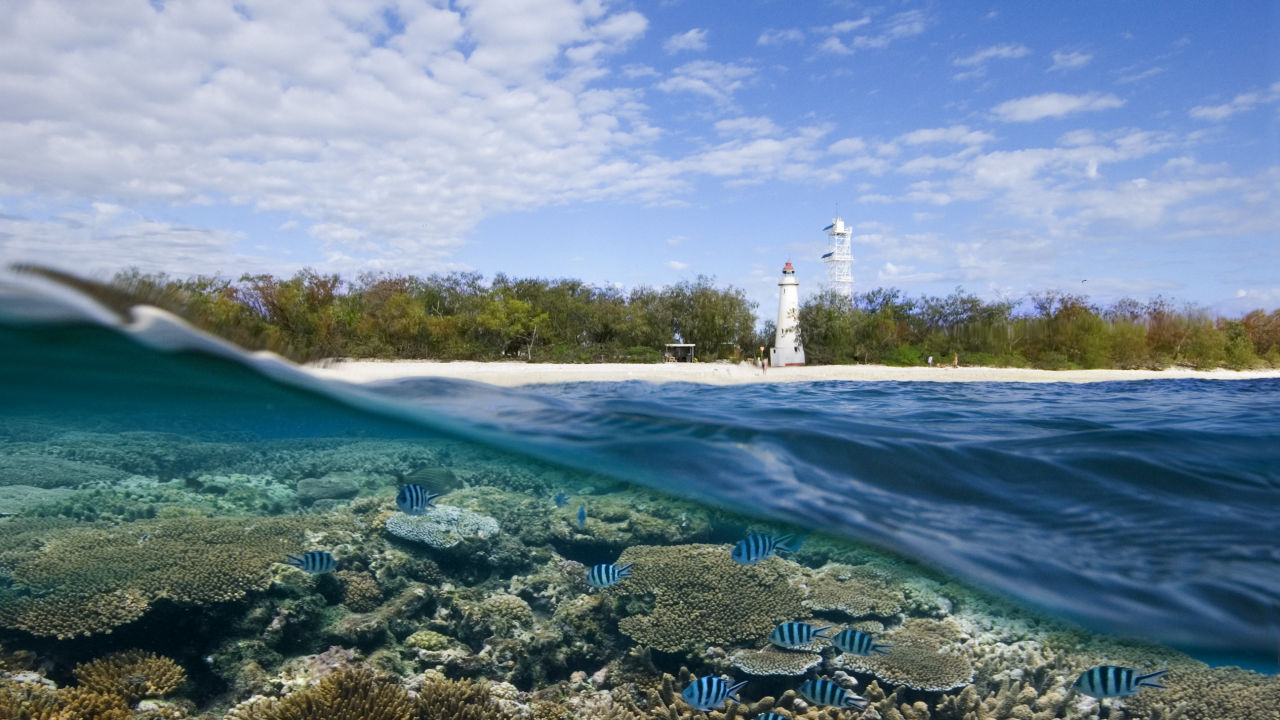
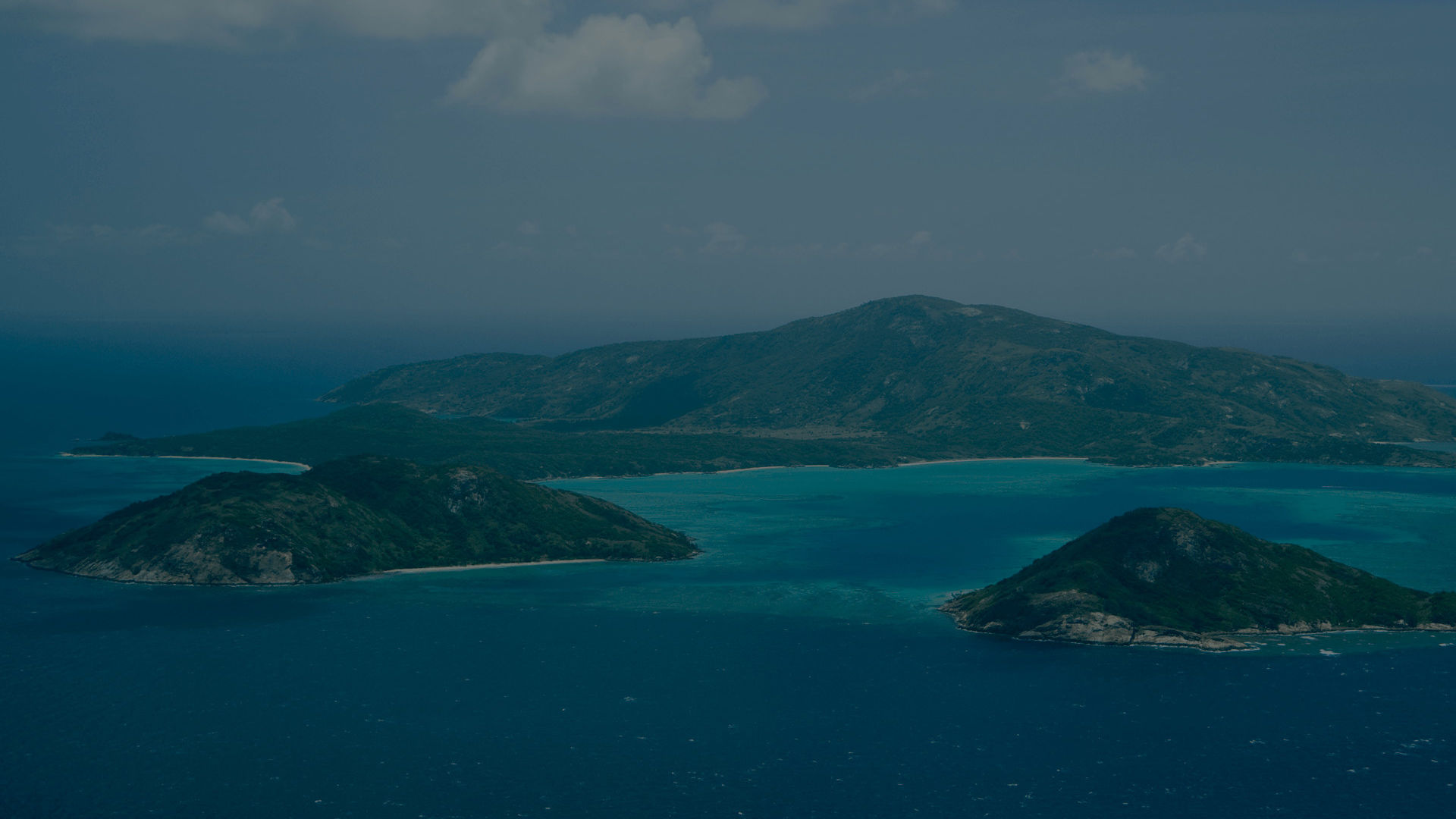
#The challenge
Islands and their connected reefs face a growing combination of threats. Given their crucial role as habitat refuges for the thousands of species that live and thrive on the Great Barrier Reef, the need to protect and restore these refuges from the impacts of climate change is immense.
Likened to climate change arks, Reef islands provide a safe home for wildlife to rest, feed, shelter and breed. Hundreds of islands and coral cays scatter the 2300-kilometre length of the Reef, many untouched by development and found in the remote, outer reaches of the Reef. Business-as-usual monitoring and support of these critical habitats is a huge task. The Reef Islands Initiative was launched in 2018 as the largest reef habitat rehabilitation project of its kind in the Southern Hemisphere – bringing together Traditional Owners, scientists, local tourism leaders, governments and the community to protect and restore critical habitats. Right now, in the early stages of the 10-year program, we’ve already seen critical turtle nesting habitat increased by 125% at Lady Elliot Island – the first location for the Initiative, and we’re only just getting started.
#Project sites
We're having the greatest possible impact by applying curated strategies for these unique island habitats.
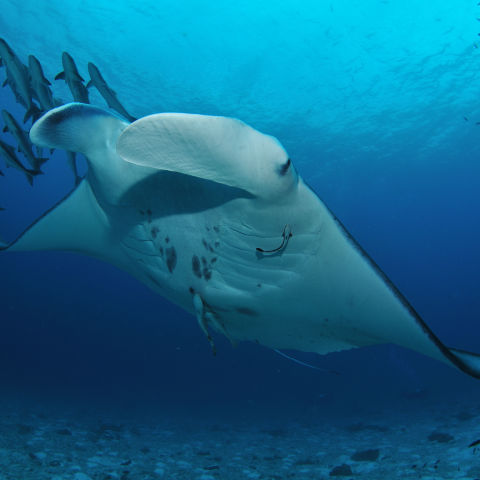
Lady Elliot Island
Restoring a biodiverse haven for over 1,200 species of marine life.
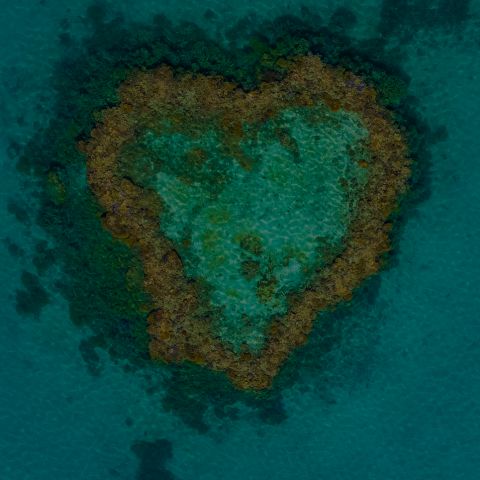
The Whitsundays
Restoring the heart of the Great Barrier Reef.
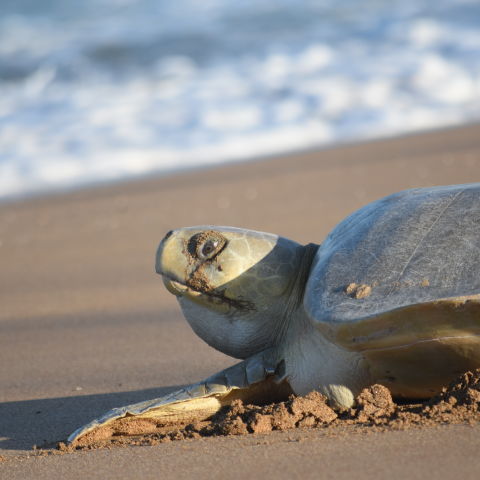
Avoid Island
Enabling Traditional Owner co-stewardship of vital ecosystems.
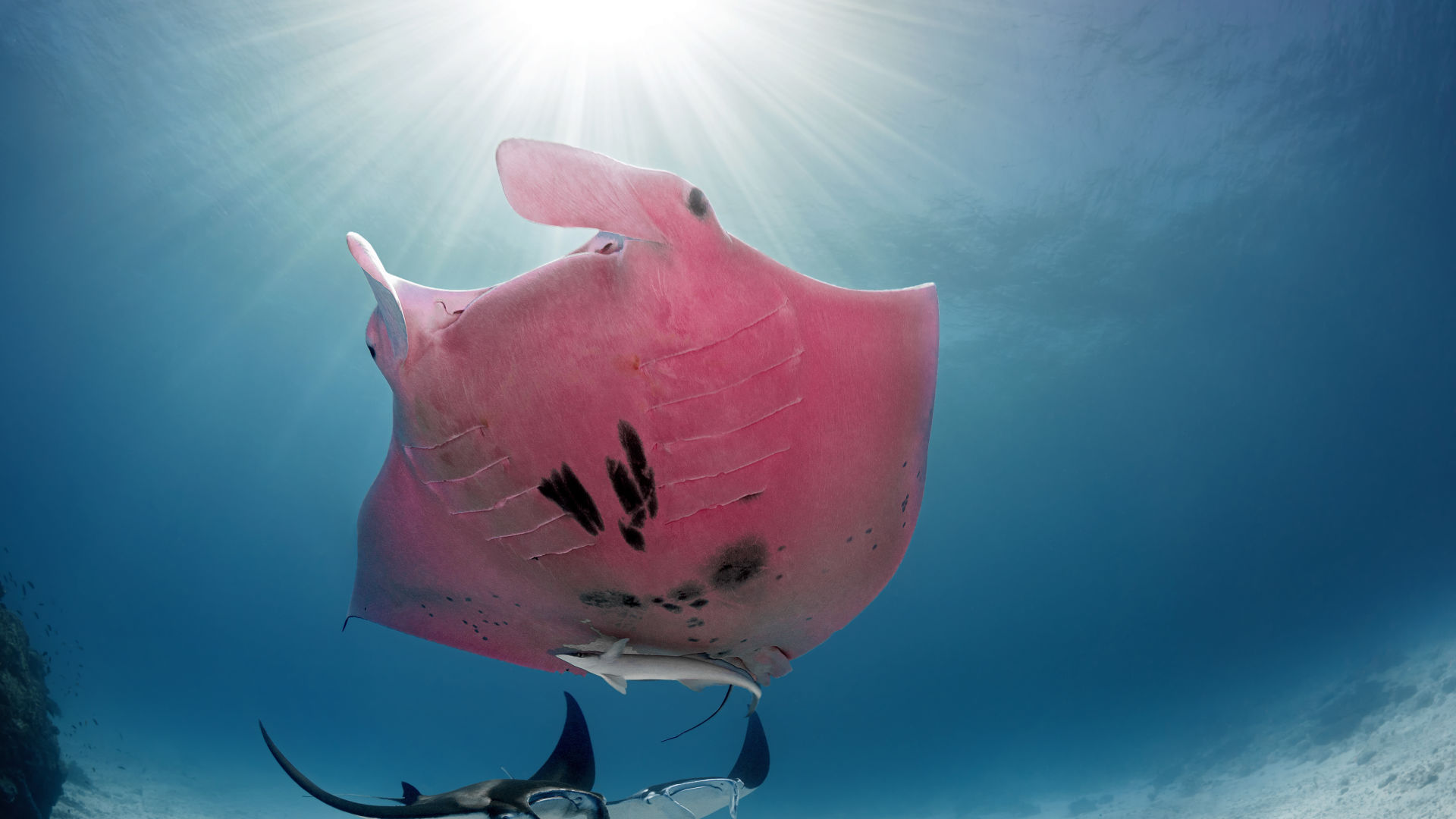
#Tropical paradise for marine life
At just eight kilometres from the edge of the continental shelf, very deep water off Lady Elliot Island brings an upwelling of nutrients to the surface, leading to a rare contingent of marine biodiversity. But one particular creature has stolen the show, delighting the lucky group of snorkellers and scuba divers who discovered him. Nicknamed 'Inspector Clouseau' (Pink Panther), this iconic animal is the only Manta Ray in the world seen sporting a bright pink underside.
#50+ years of restoration on Lady Elliot Island
#Project Gallery
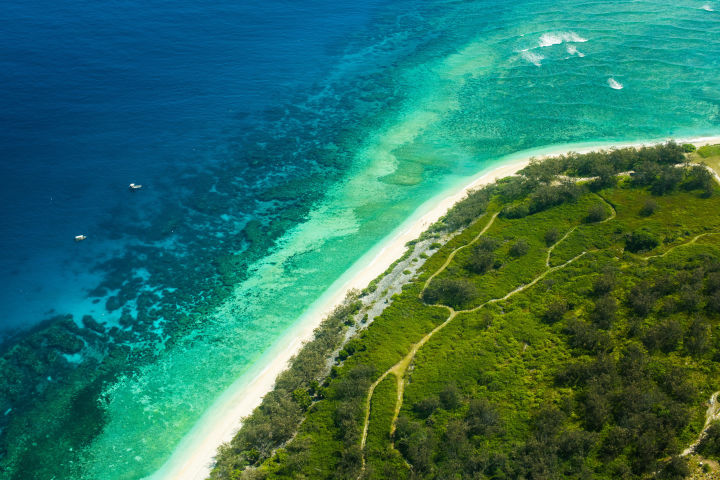
Bird's eye view of Lady Elliot Island
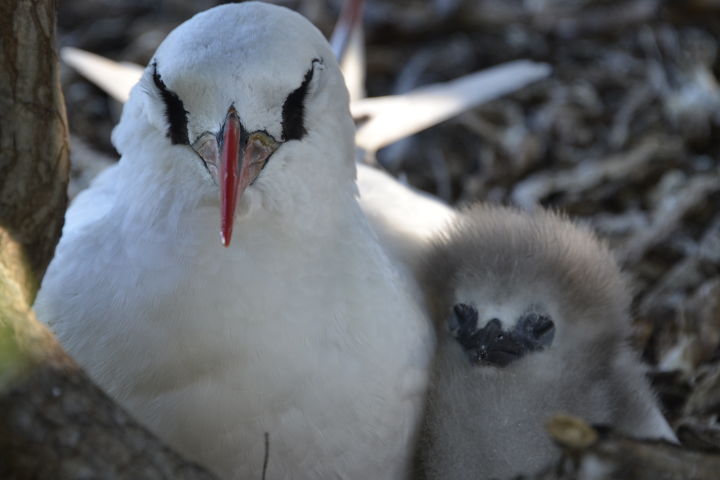
Red tailed tropicbird and chick at Lady Elliot Island
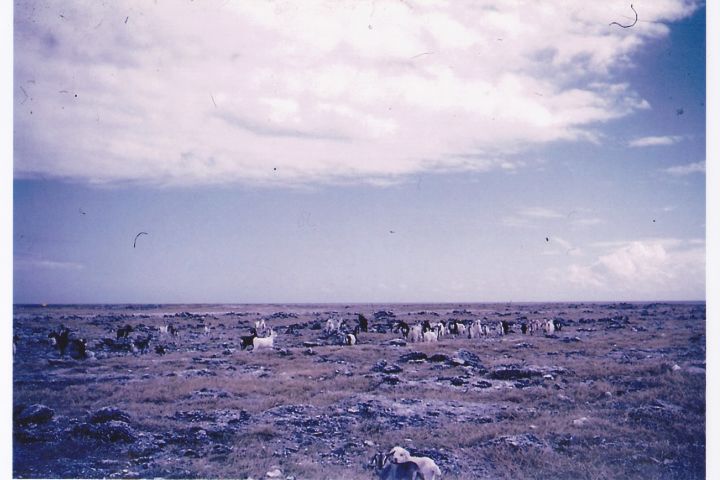
Lady Elliot Island - 1956-60
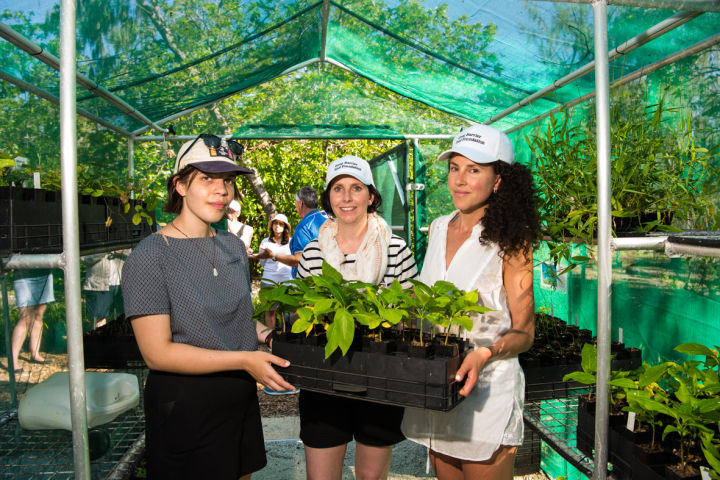
Volunteers restoring Lady Elliot Island
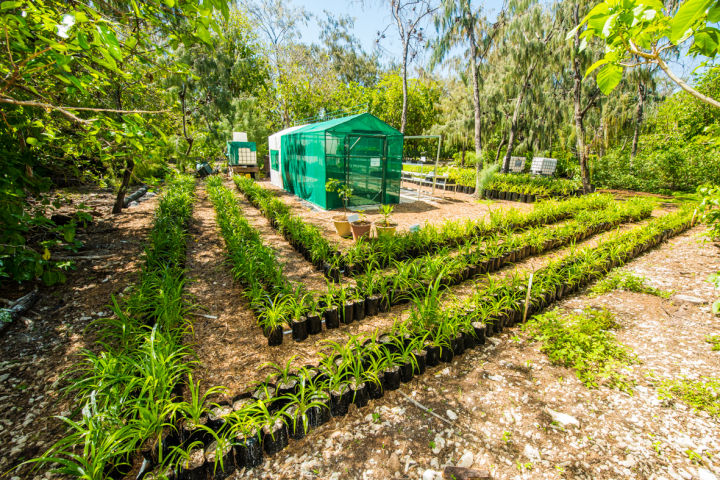
On-land habitat restoration
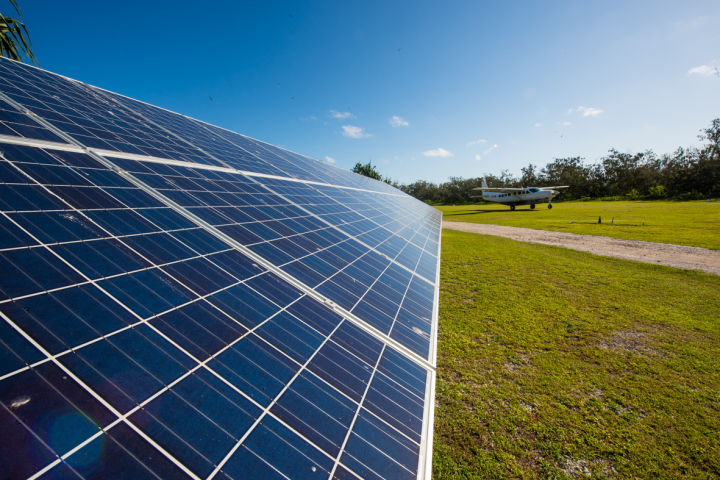
Solar panels on Lady Elliot Island
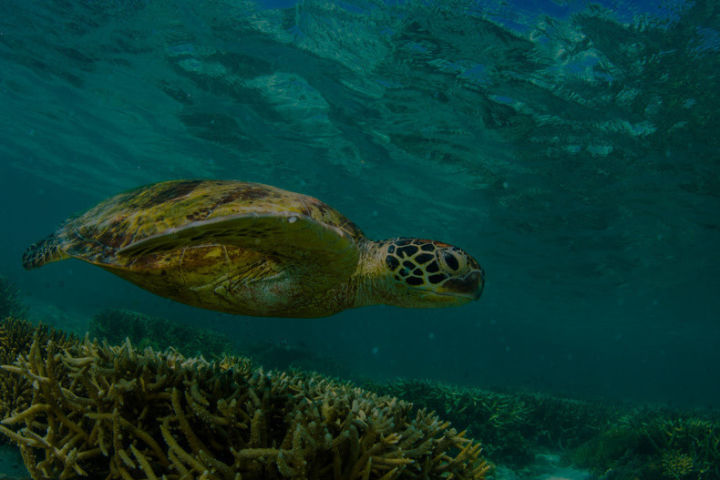
Green turtle approaches the shore
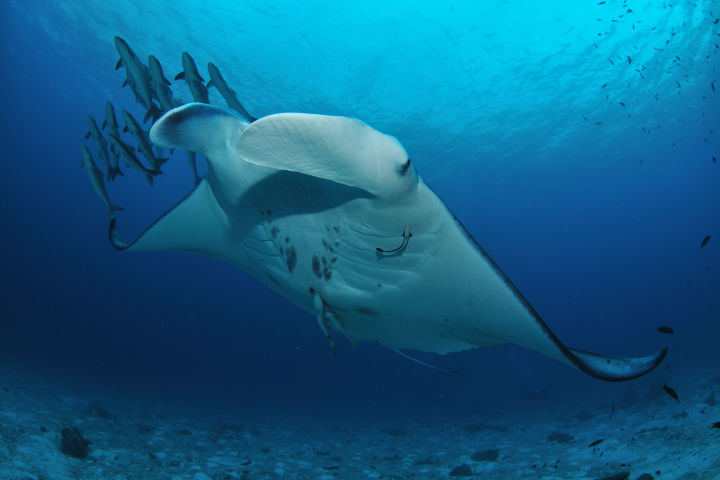
Manta Ray swims with Remoras
#Project partners
The Reef Islands Initiative, the largest reef habitat rehabilitation project of its kind in the Southern Hemisphere, is a 10-year program pioneered by the Great Barrier Reef Foundation. It is supported by funding from Lendlease, the Australian Government’s Reef Trust, the Queensland Government and the Fitzgerald Family Foundation.
#Featured news
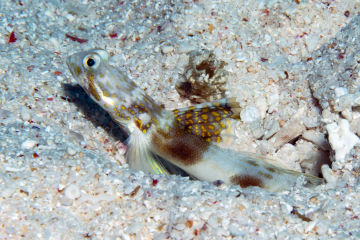
Media Release ·
Researchers find new fish species in Great Barrier Reef
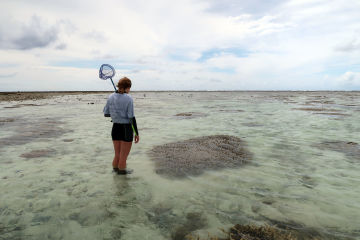
Project News ·
Latest News from the Leaf to Reef Research Team

Media Release ·
Whitsundays to become next Reef climate change refuge

#Tomorrow needs you, now.
The Great Barrier Reef is in desperate need of support. Donate today to help grow new baby corals, creating a better future for the Reef.
